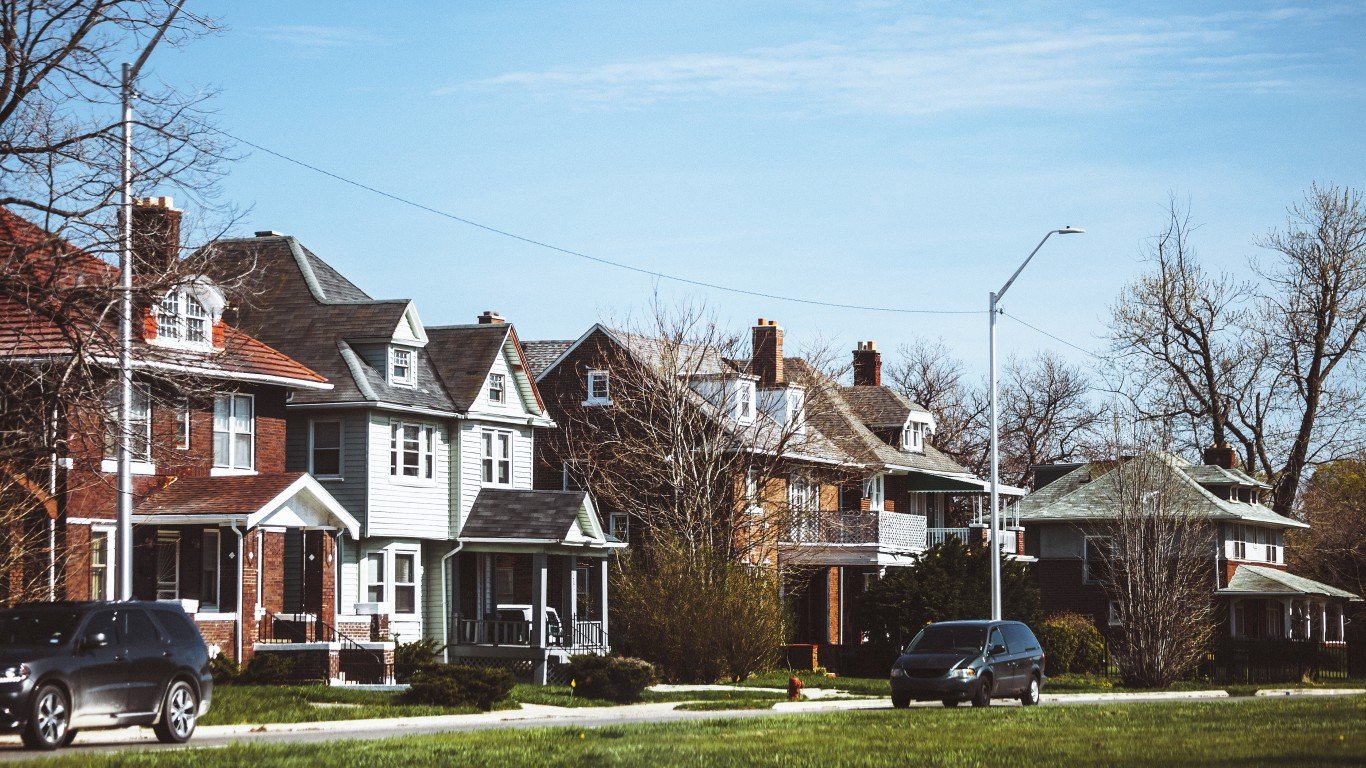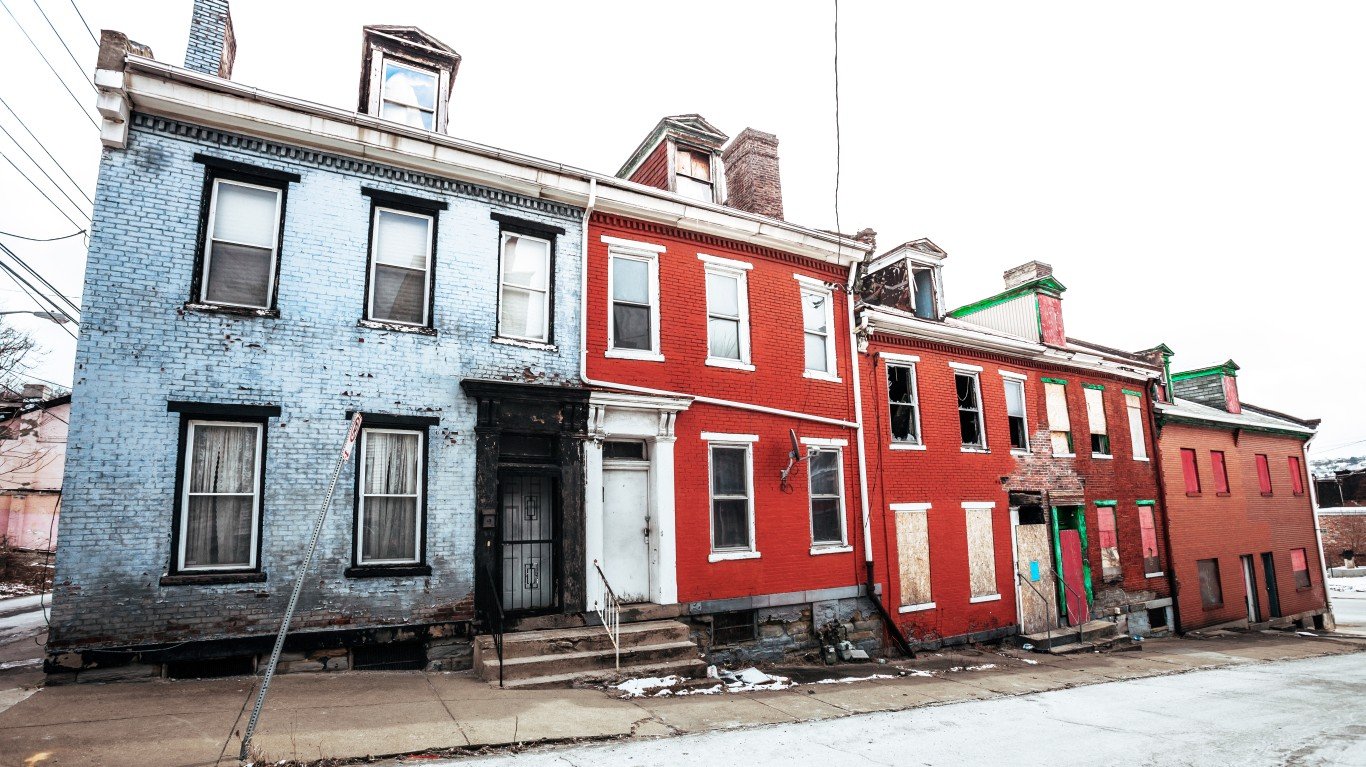 Mortgage rates hit their 2010 low on April 13 at 4.93%. At the same time, RealtyTrac announced that homes which were repossessed hit an all-time high of 92,432 in April. The figure for the year will be more than one million if the April pace keeps up.
Mortgage rates hit their 2010 low on April 13 at 4.93%. At the same time, RealtyTrac announced that homes which were repossessed hit an all-time high of 92,432 in April. The figure for the year will be more than one million if the April pace keeps up.
Historically low home loan rates should, in a relatively normal period, lift housing purchases, and pricing. This has not happened despite the government’s $75 billion housing aid plan designed to help as many as 9 million people stay in their homes. The Congressional Oversight Panel which monitors the Treasury Department’s activity on this and other programs says the plan has simply not worked. As of last year, only 170,000 homeowners had benefitted from the plan. The COP analysis was that “For every borrower who avoided foreclosure through HAMP (Home Affordable Modification Program) last year, another 10 families lost their homes.” There is also evidence that people who do take advantage of the government aid often default on their obligations later.
The government is faced with two equally unattractive possibilities. It could withdraw most of its support for the housing market, which would save the taxpayers some of the money that goes into HAMP. Fannie Mae (NYSE: FNM), and Freddie Mac (NYSE: FRE) Fannie Mae lost $13 billion last quarter and asked the government for $8.4 billion in additional capital. The cost of rescuing the two firms is now above $140 billion. Fannie and Freddie purchase mortgages at below market prices which lowers the cost of home ownership but burdens the taxpayers with losses which can almost never be recouped. The CBO forecasts that keeping both Fannie and Freddie operating for the next ten years will cost nearly $400 billion, almost that same as the cost incurred by the TARP to stabilize the entire US banking system. One difference between the TARP and the government support of the housing system is that many of the loans made by the TARP were paid back
One of the persuasive arguments, which is nearly impossible to prove, for continuing HAMP and the support of Freddie and Fannie is that the housing situation would be even worse than it is if the government keeping them afloat. Eleven million mortgages are underwater in the US. That number could grow substantially if the government withdrew the supports meant to keep the cost of homes low and the ease of buying them reasonable.
The most radical suggestion for fixing the American housing problem is for the government to withdraw all of its aid to the market. This would save taxpayers large sums, and would almost certainly cause a housing market collapse. In the mayhem, the number of underwater mortgages would skyrocket. That would almost certainly mean millions of people would be tempted to abandon their houses. Real estate values in particularly hard-hit areas like Nevada could drop more than the 50% or better than they are already down from the housing value peak in 2006.
The open question about allowing the housing market to operate without subsidy is whether home prices which would be at multi-decade lows would bring buyers steaming into the market. Banks could more easily justify mortgages for houses which almost certainly are undervalued. Newly purchased homes would have a reasonable chance of gaining equity over the next several years. But, many current homeowners could be financially and, in some cases emotionally, devastated.
The government is only left with one option if it wants to stay in the business of rescuing the housing market. The option is not only expensive; it may be too complex for the financial system and the federal bureaucracy to handle. It would be, like most programs that offer aid for housing, subject to fraud.
The last and perhaps only way to support the housing market is for the government to simultaneously underwrite a reduction in mortgage principal for houses that are valued at well under the balance of their home loans while providing extraordinary tax breaks to buyers. The Administration has already begun to press for principal reduction and banks have largely rejected because it will cause people to use the lessening of the home indebtedness to take on more debt from consumer credit facilities. It is a prison system in which no one can be paroled because every parolee is likely to commit a new crime. If the government is not prepared to mandate the program and make banks whole on mortgage reductions and their costs of doing it, the idea will never go anywhere.
Mortgage principal modification does not do much to solve the trouble of a dearth of homebuyers. The government’s $8,000 credit that has worked. But, the program expired at the end of April. Any real underwriting of the home buying process would have to offer credits well above $8,000. A larger credit costs taxpayers money, but probably not as much as the expense of supporting Fannie Mae and Freddie Mac. The tax credit would have to be combined with the principal reduction program to offer a systematic solution instead of a number of disjointed ones.
The federal government can continue to take half-hearted measures or go all in to salvage the housing market. It is a long gamble, but based on the huge sums already wasted on efforts, it is not a bad one.
Douglas A. McIntyre
Sponsored: Attention Savvy Investors: Speak to 3 Financial Experts – FREE
Ever wanted an extra set of eyes on an investment you’re considering? Now you can speak with up to 3 financial experts in your area for FREE. By simply
clicking here you can begin to match with financial professionals who can help guide you through the financial decisions you’re making. And the best part? The first conversation with them is free.
Click here to match with up to 3 financial pros who would be excited to help you make financial decisions.
Thank you for reading! Have some feedback for us?
Contact the 24/7 Wall St. editorial team.



